
Aloha With Love
Lindy Miller and Terence Brody
Book
After a tough week that includes losing a big job opportunity and being dumped by her long-term...
Adult Contemporary Romance
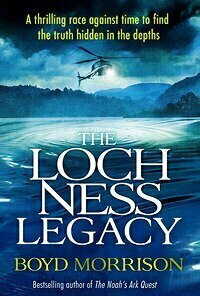
The Loch Ness Legacy (Tyler Locke #4)
Book
During a trek to Loch Ness, Scotland, a young Charles Darwin encounters a mysterious and terrifying...
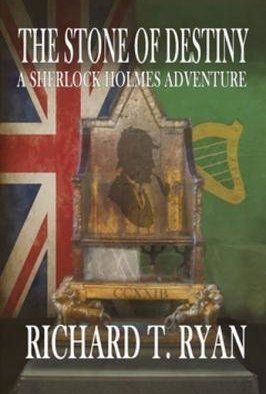
The Stone of Destiny: A Sherlock Holmes Adventure
Book
During the elaborate funeral for Queen Victoria, a group of Irish separatists breaks into...
sherlock holmes mystery
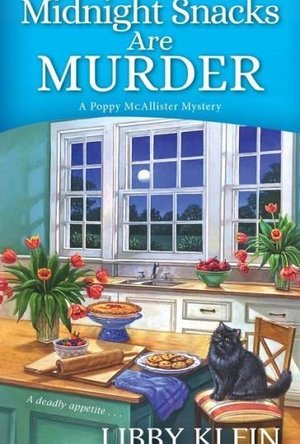
Midnight Snacks are Murder
Book
When her sleepwalking aunt is accused of committing murder, Poppy McAllister finds out there's no...
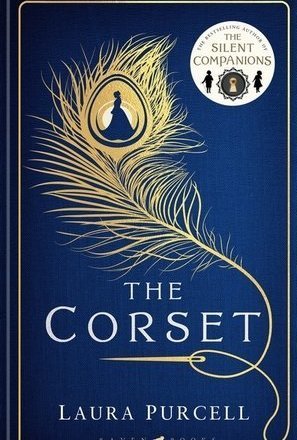
The Corset
Book
The new Victorian chiller from the author of Radio 2 Book Club pick, The Silent Companions. Is...
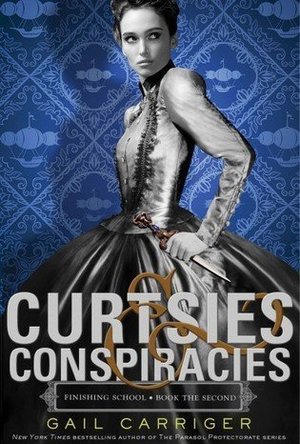
Curtsies & Conspiracies (Finishing School #2)
Book
Does one need four fully grown foxgloves for decorating a dinner table for six guests? Or is it six...
steampunk paranormal spies victorian
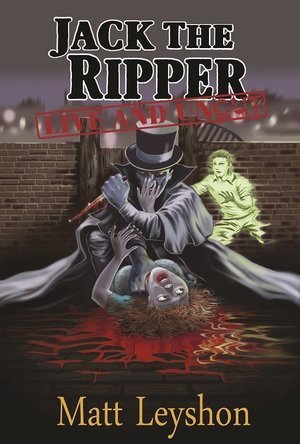
Jack The Ripper: Live and UnCut
Book
Jack The Ripper. The most coveted murderer in history as well as the most elusive. For over a...
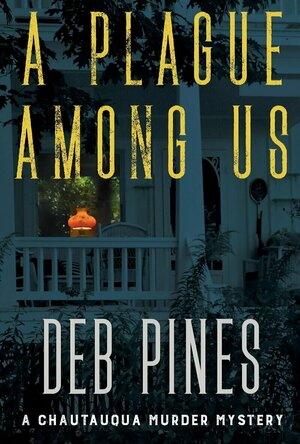
A Plague Among Us (Mimi Goldman Chautauqua Mysteries #8)
Book
When Al Martin, the editor of a satiric newspaper in Chautauqua, N.Y., reportedly dies of COVID-19,...
Mystery
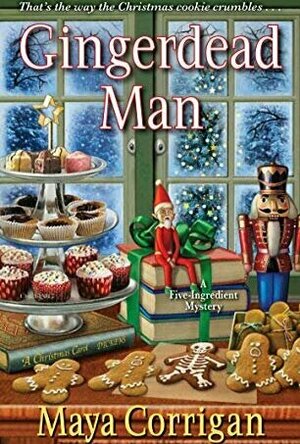
Gingerdead Man
Book
When Santa is sleighed by a poison gingerbread cookie at a holiday party, Val Deniston's reputation...
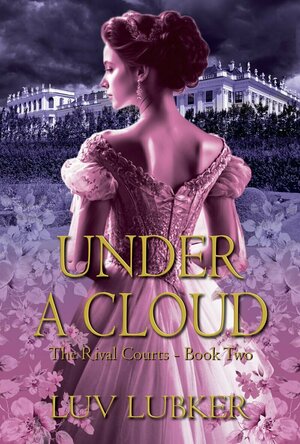
Under A Cloud (The Rival Courts #2)
Book
Vicky's father, Albert, the Prince Consort, has just died, leaving her and her family under a heavy...
Historical Fiction Victorian German History